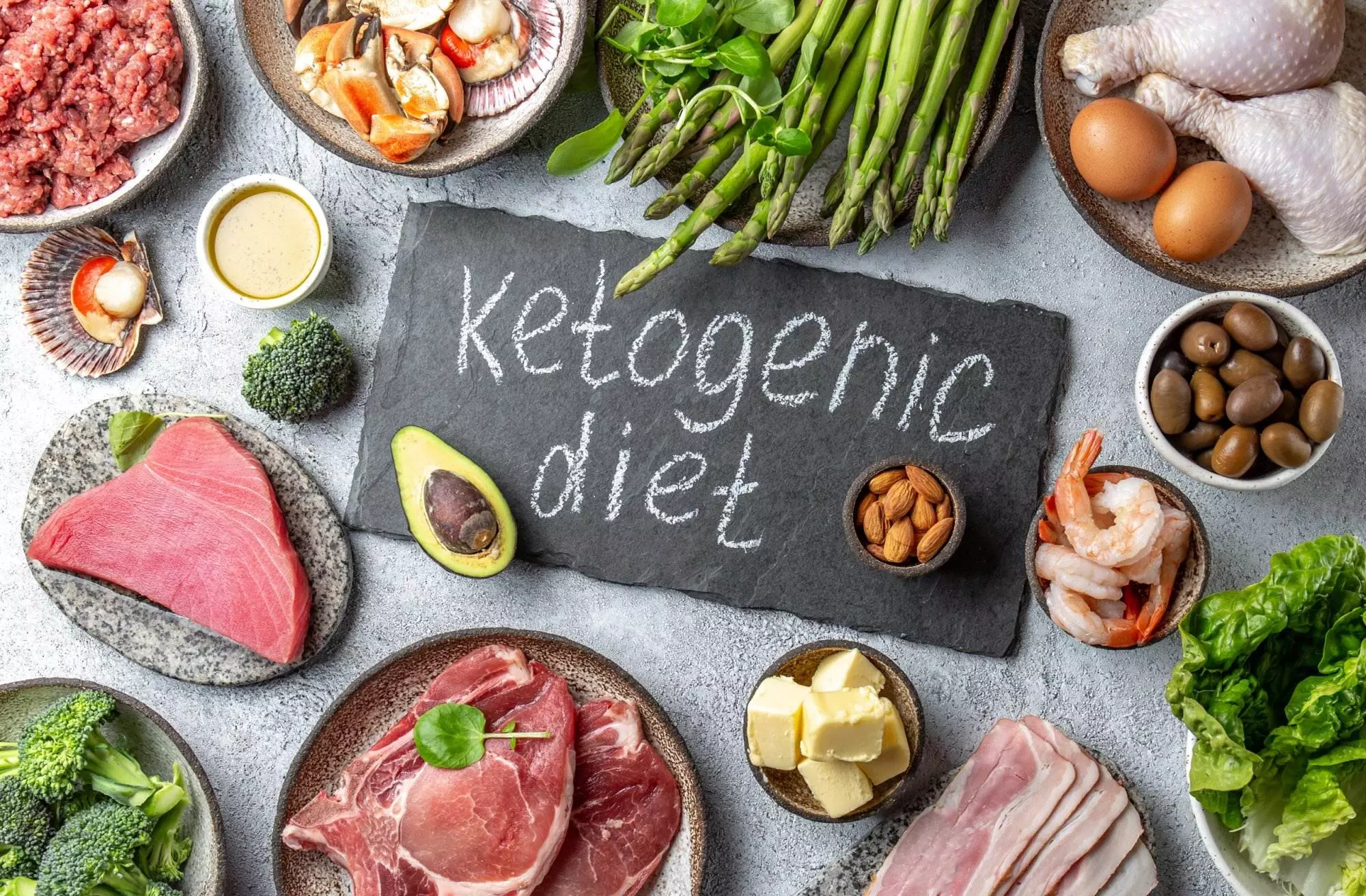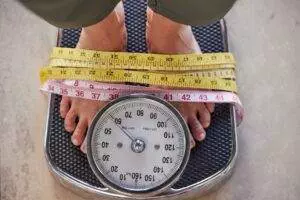
The Ketogenic Diet: Everything You Need to Know
Introduction to the Ketogenic Diet
The ketogenic diet is a low-carb, high-fat diet that has been gaining popularity in recent years. It involves drastically reducing your intake of carbohydrates and replacing them with healthy fats and moderate amounts of protein. The goal of this diet is to put your body into a state of ketosis, where it burns fat for energy instead of glucose from carbs. This can lead to weight loss, improved blood sugar control, and other health benefits.
Benefits of a Keto Diet
One of the main benefits of the ketogenic diet is its ability to help you lose weight quickly and efficiently. By limiting your intake of carbs, which are typically the source of excess calories in most people’s diets, you can reduce your overall calorie intake without feeling deprived or hungry. Additionally, the ketogenic diet has been shown to improve insulin sensitivity, lower inflammation levels, and even increase cognitive function.

How to Start a Keto Diet
Starting a keto diet requires some planning and preparation. First, you need to eliminate all sources of refined carbs from your diet, including bread, pasta, cereal, and sugary snacks. Instead, focus on eating whole foods like meat, fish, eggs, vegetables, nuts, seeds, and avocado. You should also aim to consume at least 70% of your daily caloric intake from healthy fats such as olive oil, coconut oil, butter, and fatty cuts of meat. Finally, make sure to stay hydrated by drinking plenty of water throughout the day.
Sample Keto Meal Plan
Here’s an example of what a typical keto meal plan might look like:
Breakfast – Bacon and egg scramble with spinach and mushrooms
Snack – Hard boiled eggs with almonds
Lunch – Grilled chicken salad with mixed greens, avocado, and balsamic vinaigrette
Snack – Cheese and olives
Dinner – Salmon with roasted asparagus and cauliflower rice

Common Mistakes on a Keto Diet
While the ketogenic diet can be incredibly effective for weight loss and improving overall health, there are several common mistakes that people often make when starting out. One mistake is consuming too many net carbs (total carbs minus fiber), which can prevent you from entering ketosis. Another mistake is not getting enough electrolytes, which can cause symptoms like headaches and muscle cramps. Finally, some people may overdo it on saturated fat, which can increase their risk of heart disease if consumed in large quantities.

Conclusion and Final Thoughts
Overall, the ketogenic diet is a powerful tool for achieving rapid weight loss and improving overall health markers. However, it does require careful planning and attention to detail to ensure success. By following these guidelines and sticking to the principles of the ketogenic diet, you can experience the many benefits that come with being in a state of nutritional ketosis.

